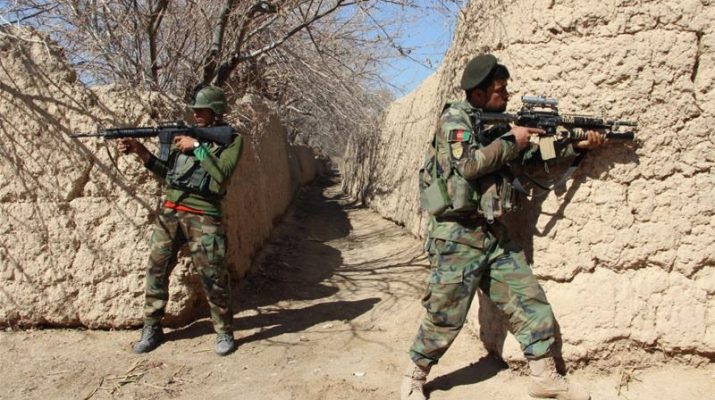Civilian casualties in Afghanistan in 2016 were the highest recorded by the United Nations, the world body said, with nearly 11,500 non-combatants – one-third of them children – killed or wounded.
Fighting between Afghan security forces and armed groups, especially in populated areas, remained “the leading cause of civilian casualties” more than two years after NATO’s combat mission ended, said the UN Assistance Mission in Afghanistan (UNAMA), which began documenting civilian casualties in 2009.
A total of 3,498 civilians were killed and 7,920 were wounded in 2016, a combined increase of three percent over the previous year, according to the annual report for 2016.
“Against a backdrop of protracted ground fighting, the battlefield permeated civilian sanctuaries that should be spared from harm, with suicide attacks in mosques; targeted attacks against district centres, bazaars and residential homes; and the use of schools and hospitals for military purposes,” the UN said.
Danielle Bell, the director of UNAMA’s human rights unit, called on the parties to the conflict to take stronger measures to mitigate harm on the battlefield.
“They should start making promises and ensure the commitments they made are translated into reality on the battlefield. This is the only thing that has to happen to prevent civilian causalities,” she told Al Jazeera.
About 61 percent of all civilian casualties were caused by armed groups like the Taliban and the Islamic State of Iraq and the Levant (ISIL, also known as ISIS).
The UN attributed at least 4,953 deaths and injuries to the Taliban, but in a shift for 2016, investigators documented a 10-fold increase in casualties caused by ISIL, which often targets members of the Shia Muslim minority.
At least 899 deaths and injuries were attributed to ISIL, which has previously been a relatively minor faction in Afghanistan, but last year launched an increasing number of suicide attacks.
Last year saw the highest number of civilian casualties from suicide attacks since the UN began tracking the numbers.

